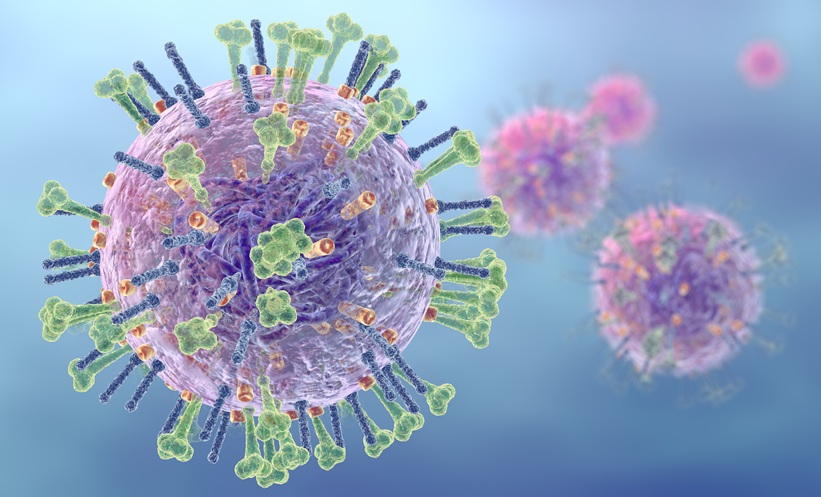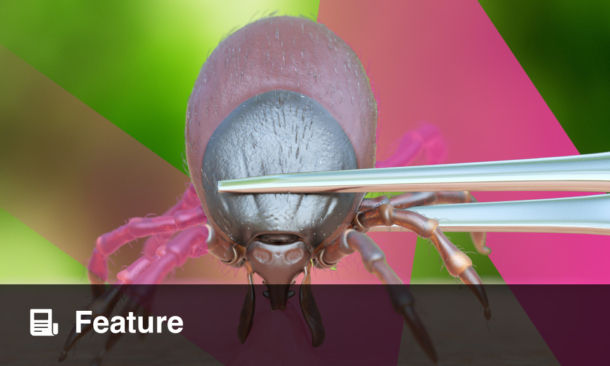A RECENT study has confirmed that an H5N1 avian influenza virus isolated from a dairy farm worker in Michigan, USA can spread through the air between mammals, raising new concerns about zoonotic adaptation and pandemic potential.
Researchers investigated the A/Michigan/90/2024 virus, a highly pathogenic avian influenza strain obtained from a human case of conjunctivitis following exposure to infected cattle. Using 18 ferrets, a well-established animal model for influenza research, they examined the virus’s pathogenicity, tissue spread, and capacity for both direct and airborne transmission. Ferrets were infected intranasally, and either euthanised for tissue analysis or paired with uninfected animals in direct contact or adjacent cages to test airborne transmission. Air samples were also collected and analysed for infectious virus and viral RNA.
Although all inoculated ferrets survived the 21-day study period, they displayed moderate clinical illness, including transient fever, sneezing, and nasal discharge. Virus was detected in respiratory tissues by day 3 post-inoculation, with the highest titres reaching 7.4 log₁₀ PFU/mL in the ethmoid turbinates. Mild extrapulmonary spread to the brain and gastrointestinal tract was also observed. In the direct contact model, all six exposed ferrets became infected and seroconverted, while in the airborne model, three of six ferrets showed evidence of infection, confirming respiratory droplet transmission in 50% of cases. Air sampling further supported this, with detectable airborne virus peaking at 133 PFU/hour on day 3 post-inoculation.
Compared to a related H5N1 virus isolated in Texas, which possesses a known mammalian adaptation marker (PB2 E627K), the Michigan virus demonstrated lower virulence. However, it still harbours genetic changes associated with mammalian adaptation, including PB2 M631L and PA K142, and transmitted efficiently in both contact models. These findings indicate that despite reduced pathogenicity, the virus poses a credible zoonotic threat.
Continued surveillance of emerging H5N1 strains is essential, especially those linked to livestock exposure, to inform pandemic preparedness and prevent further mammalian adaptation.
Reference
Brock N et al. Avian influenza A(H5N1) isolated from dairy farm worker, Michigan. Emerg Infect Dis. 2025; DOI:10.3201/eid3106.250386.








